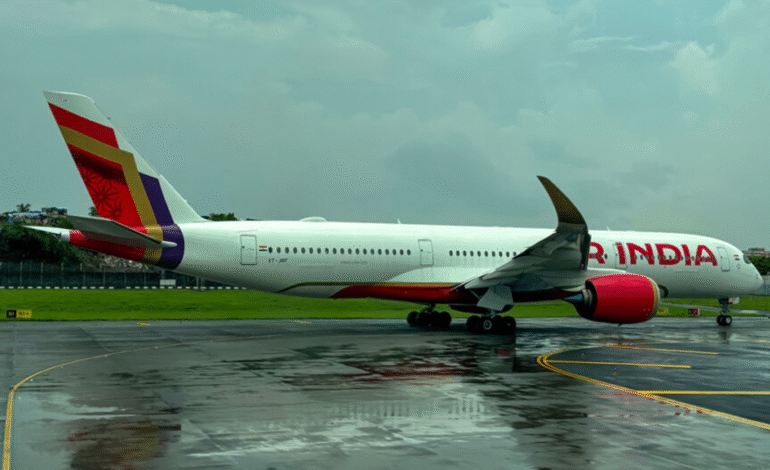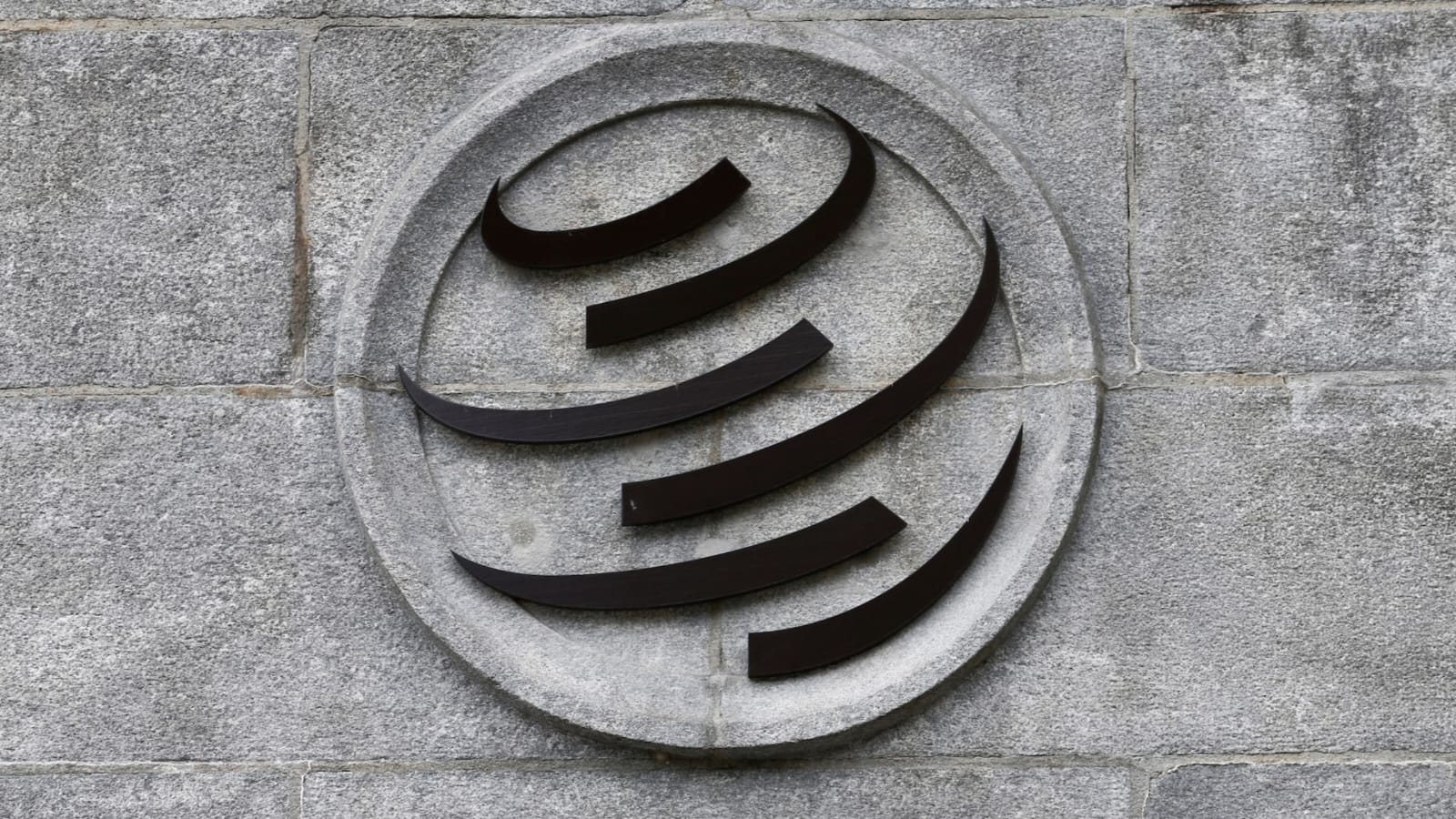Air India Cuts International Widebody Flights After AI171 Crash Tragedy

In the wake of a devastating aviation tragedy, Air India has announced a temporary 15% reduction in its international widebody operations. The move comes after the deadly crash of flight AI171, traveling from Ahmedabad to London, which resulted in the loss of nearly all lives on board. The crash has sent shockwaves through the aviation industry and sparked an urgent reassessment of safety protocols and fleet readiness.
As investigations continue, the airline has prioritized passenger safety by cutting back on certain long-haul routes operated by its widebody aircraft. This measure aims to allow time for thorough safety audits and maintenance inspections across the affected fleet.
The Fatal Crash of AI171: A Turning Point for Indian Aviation
The AI171 flight, operated by a widebody aircraft, tragically crashed mid-flight, killing nearly everyone on board except one survivor, who remains in critical condition. The aircraft lost contact with air traffic controllers shortly after takeoff from Ahmedabad, en route to London.
Authorities launched immediate search and rescue efforts. The Directorate General of Civil Aviation (DGCA) is leading the investigation in collaboration with global aviation safety bodies. Early indications point to a potential mechanical malfunction, although a final cause has not yet been determined.
The loss of AI171 is one of the most serious aviation incidents in recent Indian history, raising concerns about operational safety and aircraft maintenance procedures.
Air India Announces Reduction in Widebody International Flights
In a direct response to the crash, Air India confirmed a 15% reduction in its widebody aircraft operations for international routes. The affected fleet includes Boeing 777s and 787 Dreamliners, commonly used for long-haul routes to destinations in Europe, North America, and Asia.
The airline stated that this operational scale-back will remain in place for the next several weeks. The decision, according to an official statement, is being implemented “in the interest of passenger safety and fleet integrity.”
Air India is actively working to minimize disruption. Passengers booked on affected flights are being notified of changes and offered refunds, alternative travel dates, or re-routing via partner airlines.
Regulatory Oversight and Safety Investigations Underway
The DGCA has initiated an industry-wide inspection of widebody aircraft operated by Indian carriers. This includes unannounced inspections, technical audits, and review of aircraft maintenance logs.
The aircraft involved in the AI171 crash is being examined closely to identify any signs of system failure, human error, or procedural lapses. Investigators have recovered the Flight Data Recorder (FDR) and Cockpit Voice Recorder (CVR), which are now undergoing analysis.
The Ministry of Civil Aviation has also formed a special review committee to assess long-haul flight operations and issue recommendations to further improve safety.
Impact on Key International Routes and Passenger Services
The decision to reduce operations is affecting popular long-haul routes such as Delhi–London, Mumbai–New York, and Bengaluru–San Francisco. These routes, known for their high traffic and widebody aircraft usage, are now being evaluated for reduced frequency or temporary suspension.
To support affected travelers, Air India has strengthened its customer service response, including a dedicated helpline, real-time notifications, and a specialized portal for rebooking. The airline has also partnered with other international carriers within the Star Alliance network to offer re-accommodation options.
Despite frustrations from some passengers facing delays or cancellations, the overall public response has recognized the need for enhanced safety.
Air India’s Fleet Inspections and Maintenance Reviews
As part of its response plan, Air India has grounded a portion of its widebody fleet for detailed inspections. These aircraft are undergoing in-depth mechanical assessments, including checks on flight control systems, engine components, and emergency backup systems.
Technical teams are working under supervision from DGCA officials and independent auditors. Maintenance history, pilot training records, and route planning documentation are all being reviewed to ensure full compliance with international standards.
While the number of grounded planes has not been officially confirmed, sources indicate that each aircraft similar to the one involved in the AI171 crash is being treated with the utmost caution.
Air India’s Strategy Post-Privatization Faces New Challenges
This tragedy arrives at a time when Air India, now under the management of the Tata Group, was in the midst of a major global expansion and transformation plan. As part of its privatization goals, the airline had invested in fleet upgrades, improved in-flight service, and added new long-haul destinations.
The crash and subsequent operational reductions now pose a serious test for Air India’s leadership team. Executives are reevaluating safety protocols, crisis management procedures, and communication strategies to ensure the airline maintains trust and resilience.
According to sources, Air India will soon release a revised operational roadmap focused on safety enhancements and training upgrades.
International Response and Manufacturer Involvement
Boeing, the aircraft manufacturer, has pledged full cooperation with Indian aviation authorities. A technical support team has been dispatched to assist in the ongoing investigation, and Boeing has also offered diagnostic assistance for aircraft currently under inspection.
Aviation regulators from the United States, United Kingdom, and European Union have expressed concern and are observing the situation closely. The International Civil Aviation Organization (ICAO) is also monitoring developments, with expectations that recommendations may emerge to further globalize safety frameworks.
Several foreign airlines are taking preemptive steps to reassess their own safety protocols, especially on aircraft models similar to those used by Air India.
Survivor of AI171 Crash May Hold Key Details
The only known survivor of the crash remains under intensive care in a London hospital. Medical teams are hopeful for recovery, though the prognosis remains guarded.
Investigators believe that the survivor’s testimony could play a critical role in reconstructing the final minutes of the flight. While respecting privacy, authorities are coordinating with family members to ensure appropriate medical and psychological support is provided.
Public interest in the survivor’s condition is high, and updates are being managed with discretion by both the airline and government officials.
Global Aviation Industry Monitors Ongoing Developments
The AI171 crash and its aftermath have captured international attention. Aviation experts, airline executives, and regulatory authorities worldwide are closely observing Air India’s response. The incident underscores the need for continual evaluation of aviation safety, crew training, and emergency preparedness—especially for carriers operating long-haul widebody aircraft.
The tragedy may serve as a case study for future safety reforms, both within India and internationally. Meanwhile, Air India continues to communicate transparently with the public, regulators, and industry stakeholders, reaffirming its commitment to passenger welfare.








2 Comments
[…] to these and other recent aviation irregularities, India’s civil aviation regulator—the Directorate General of Civil Aviation (DGCA)—has initiated a comprehensive safety audit of all major domestic carriers, with Air India under […]
[…] less than 48 hours, two Air India flights operating Boeing 787 Dreamliner aircraft experienced technical difficulties mid-air, prompting […]
Comments are closed.